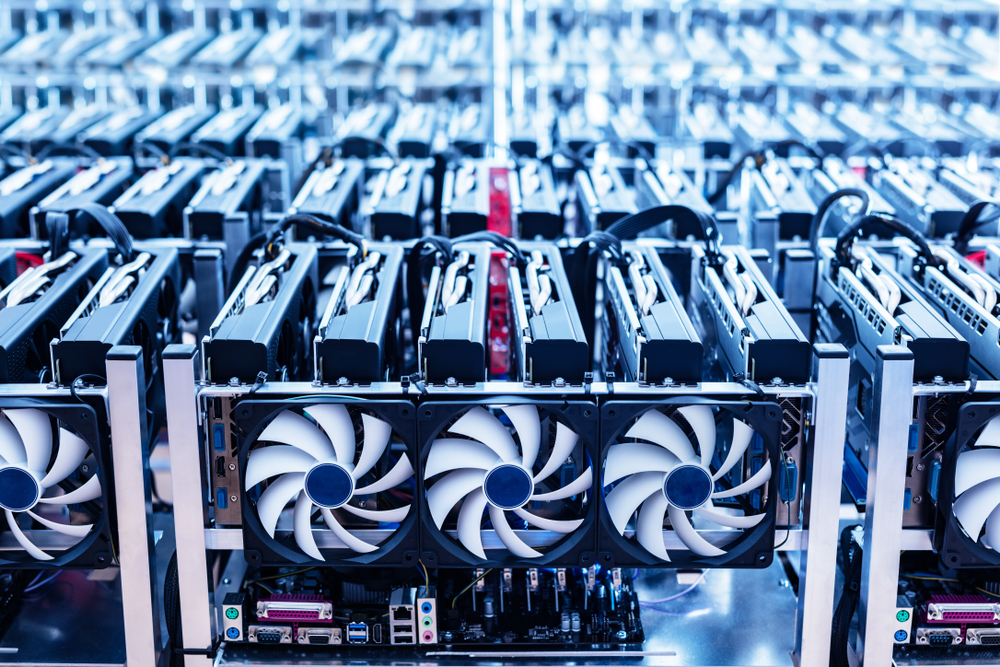Let’s walk through an example of Bitcoin mining:
Block Propagation: Miners on the Bitcoin network receive information about new transactions from other participants in the network. These transactions are propagated across the network.
Block Creation: Miners collect a set of valid transactions and package them into a block. The block also includes a reference to the previous block’s hash, a timestamp, and other metadata.
Nonce and Block Header: Miners start searching for a valid hash for the block by adjusting the nonce value in the block header. The block header consists of various fields, including the previous block’s hash, the Merkle root of the transactions, a timestamp, and the nonce.
Proof-of-Work Calculation: Miners repeatedly hash the block header with different nonce values using a cryptographic hashing algorithm (SHA-256) until they find a hash that meets the required criteria. In Bitcoin, the target is to find a hash that has a certain number of leading zeros.
Difficulty and Target: The network’s difficulty level adjusts every 2016 blocks to maintain a consistent block generation time. The difficulty is determined by the network’s total computational power. Miners must find a hash that is below the target value set by the difficulty to fulfill the proof-of-work requirement.
Validating the Hash: Once a miner finds a valid hash, they broadcast the block to the network, along with the solution (the valid nonce value) they found. Other participants in the network can independently verify the solution by recalculating the hash of the block header using the provided nonce value.
Block Confirmation: Other participants validate the transactions within the block and verify that the proof-of-work requirement has been met. Once a majority of the network participants agree that the block is valid, it is confirmed and added to the blockchain.
Block Reward: The miner who successfully mines a new block is rewarded with a certain amount of newly minted bitcoins, along with any transaction fees included in the block. This serves as an incentive for miners to dedicate computational resources to secure the network.
Continuing the Process: The mining process continues, with miners collecting new transactions and creating additional blocks to be added to the blockchain. The competition among miners to find the next valid block creates a decentralized and secure network consensus.
It’s important to note that the actual mining process involves sophisticated hardware, specialized mining software, and significant computational power. This example provides a simplified overview to understand the key steps involved in Bitcoin mining.
